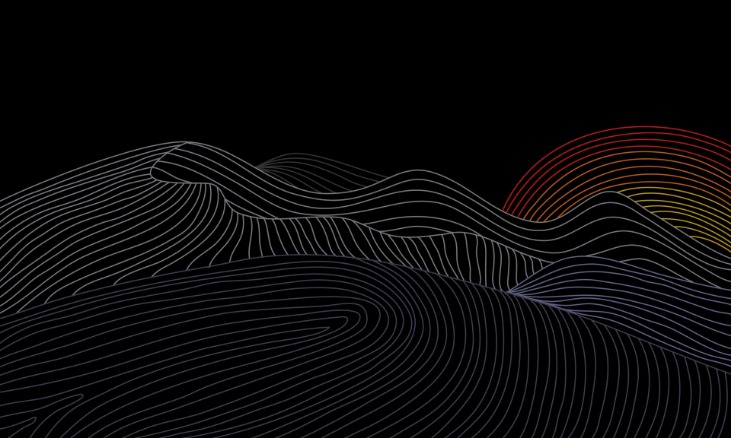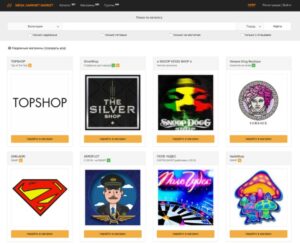
Fullz (or “fulls”) is a slang term for “full information.” Criminals who steal credit card information use the term to refer to a complete set of information on a prospective fraud victim. Criminals buy and sell fullz on the black market, frequently conducted online, and use them to commit credit card fraud, tax refund fraud, medical identity theft, and other types of fraud or impersonation. In today’s digital age, credit cards have become an integral part of our lives. They offer convenience and flexibility in making payments, both online and offline. However, with the rise of online transactions, the risk of credit card fraud has also increased. One form of credit card fraud that has gained notoriety is credit card dumps.
We’re back with another video in our Webz Insider video series on everything web data. Abraham Lebsack is a seasoned writer with a keen interest in finance and insurance. These dumps are sought for physical use, enabling activities like cash withdrawals from ATMs. To avoid falling victim to these scams, it’s essential to be cautious when entering sensitive information online.
Dark Web Credit Cards: Understanding The Risks And Methodologies
These details are needed for physical use such as withdrawing money from ATMs.
Credit cards, Paypal accounts, and fullz are the most popular types of stolen information traded on the dark web, but they’re far from the only data worth stealing. Sales of passports, driver’s licenses, frequent flyer miles, streaming accounts, dating profiles, social media accounts, bank accounts, and debit cards are also common, but not nearly as popular. When a hacker writes up new malware, steals a database, or phishes someone for their credit card number, the next step is often toward dark net marketplaces. These black markets allow buyers and sellers to make anonymous transactions using a combination of encrypted messages, aliases, and cryptocurrency. It is understood that the data included such highly sensitive information as the primary account number of the credit cards concerned, along with expiration dates and the card verification value, CVV2, security code. But that’s not all; there are also cardholder details such as their full name, address, date of birth and telephone number as well as email address.
Physical cards are usually cloned from details stolen online, but can be used to withdraw from ATMs. Because the merchant requires equipment to clone the card and must send the buyer a physical product complete with PIN number, the price for cloned cards is much higher. AllWorld.Cards appears to be a relatively new player to the market for selling stolen credit-card data on the Dark Web, according to Cyble. “Our analysis suggests that this market has been around since May 2021 and is available on a Tor channel as well,” according to the post. Monitoring the activity on these platforms is crucial for fraud detection, brand protection, and financial intelligence. Because of the level of anonymity, these sites allow cybercriminals, it is critical to use powerful dark web monitoring tools, such as Webz.io’ Lunar, to track emerging financial and reputational threats.
Legal Consequences Of Fraud

All websites hosting pornography will have to check the age of their users from Friday. The closures are unlikely to spell the end of darknet markets as new ones will no doubt emerge. “I always celebrate anybody who perhaps realises that they’re in an occupation, which is criminalised and decided not to enhance that further,” says Alex Hudson, the National Crime Agency’s head of darknet intelligence.
The release of this data poses significant risks for financial institutions and individual cardholders alike. Alongside the obvious sensitive data pertaining to the cards, the dump includes personal information as well, including email addresses, phone numbers, and the address of the card holder. “It is conceivable that the data was shared for free to entice other criminal actors to frequent their site…by purchasing additional stolen data from unsuspecting victims,” according to the post (machine-translated from Italian). The data posted on these online illicit shops is a goldmine for threat actors who are looking to commit financial crimes.
Fullz: Definition, Examples, Minimizing Risk
Security researchers have been monitoring forums within the cybercriminal underworld to investigate the leading markets operating in 2024. Never log in with your real name or reuse passwords from other accounts. Stick to cryptocurrency, avoid downloading anything, and don’t share any personal info. Some markets are invite-only or have strict registration rules to keep out scammers and law enforcement.
The Future Of Dark Web Credit Card Fraud: Current Trends
- This includes using strong passwords and enabling two-factor authentication.
- These stolen credit cards are often obtained through data breaches or phishing scams.
- Torzon offers a premium account option for additional benefits and is valued at approximately $15 million, accepting payments in Bitcoin (BTC) and Monero (XMR).
- As previously mentioned, credit card fraud is a massive market for criminals.
- He has driven innovative fraud solutions for Citi and Fidelity Investments, managed fraud analytics teams, as well as designed anomaly detection methods for the US Department of State to spot immigration fraud and illicit technology transfer.
- The online trade in credit card and bank account numbers is highly structured, with buyers and sellers, intermediaries, and even service industries involved.
This is a staggering amount, and it’s no wonder that financial institutions are taking steps to prevent the sale of stolen credit card information. Card theft, scams, and black markets for personal IDs have been around since the advent of credit cards in the 1960s and ’70s. The first large-scale credit card dump was in 1984, when the New York Times reported that the password for a leading credit union, TRW, was stolen from a Sears store on the West Coast. That password unlocked the credit histories and personal information of many Sears customers that would subsequently be used to obtain their credit card numbers. Most recently, credit card dump attacks have been happening on a larger scale, sometimes affecting millions.
Related Services

Of the Italian cards, roughly 50% have already been blocked due to the issuing banks having detected fraudulent activity, which means that the actually usable entries in the leaked collection may be as low as 10%. BleepingComputer has discussed the authenticity with analysts at D3Lab, who confirmed that the data is real with several Italian banks, so the leaked entries correspond to real cards and cardholders. The analysts claim these cards mainly come from web skimmers, which are malicious scripts injected into checkout pages of hacked e-commerce sites that steal submitted credit card and customer information.
Transaction Fraud How To Protect Your Business & Customers
This often includes a “checker service,” a compromised merchant account they use to run dinky charges through to see if the card is still valid, Krebs says. If someone agrees to use the shop’s checker service instead of a third party, the shop will give a guarantee that at least a portion of the cards are usable for a certain period of time. All of the card data stolen from BriansClub was shared with multiple sources who work closely with financial institutions to identify and monitor or reissue cards that show up for sale in the cybercrime underground. By following these precautions, you significantly decrease the chances of falling victim to credit card dumps and safeguard your financial well-being. The first category includes classic marketplaces, which serve as one-stop shops for a wide range of illegal goods.


The financial burden is immense, resulting in a loss of $5 billion to consumers annually. This translates to a huge financial hit for individuals who have fallen victim to credit card theft. Unauthorized use of credit cards affects about 10 million Americans every year. The credit card dump industry poses a significant threat to the American financial industry, with unauthorized use affecting about 10 million Americans each year.
Steam accounts (Steam being the most popular store for PC games) are also sold on the black market and can be used for cash-outs or simply to gain access to games purchased by the victim. Briansclub has gained a reputation for its extensive collection of stolen data and its organized, user-friendly interface. It has become a primary marketplace for individuals engaged in credit card fraud, identity theft, and similar crimes, reinforcing its role as a key player in the dark web economy. B1ack’s Stash, on the other hand, emerged in 2024 and quickly gained attention by releasing millions of stolen credit card details for free—a tactic often used to attract cybercriminals. While it shares a similar purpose with Joker’s Stash, there is no confirmed connection between the two.
It maintains a very strict level of user verification and integration with an official Telegram account to provide real-time updates to users. Various cryptocurrencies such as Bitcoin and Monero can be used to make purchases. Believe it or not, some dark web marketplaces have pretty advanced systems for building trust. Sellers often need to pay a deposit to prove they’re serious, and they build their reputation through positive reviews. It’s been a constant back-and-forth between cybercriminals and law enforcement, with each new site trying to be smarter and more secure than the last. The story of dark web marketplaces kicks off with Silk Road, launched in 2011.



